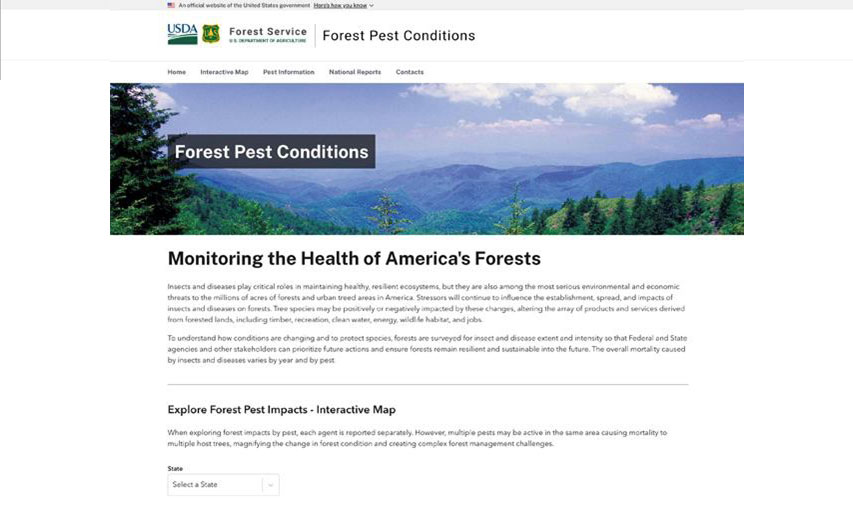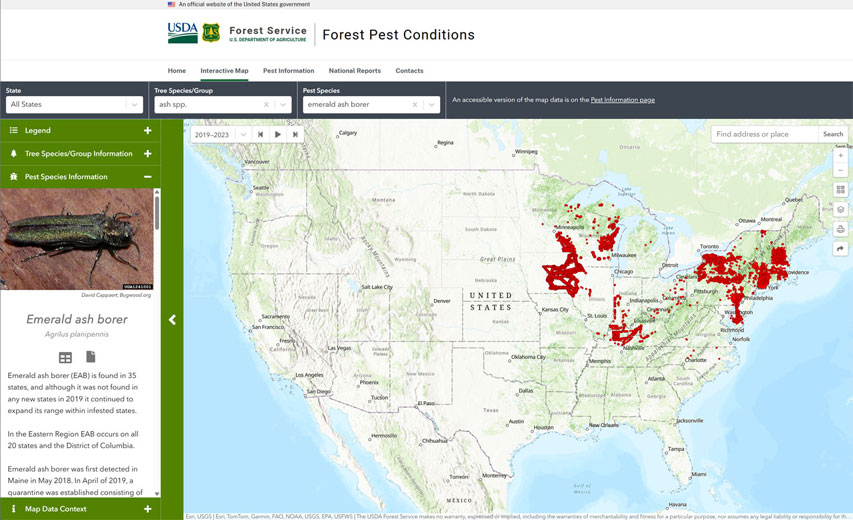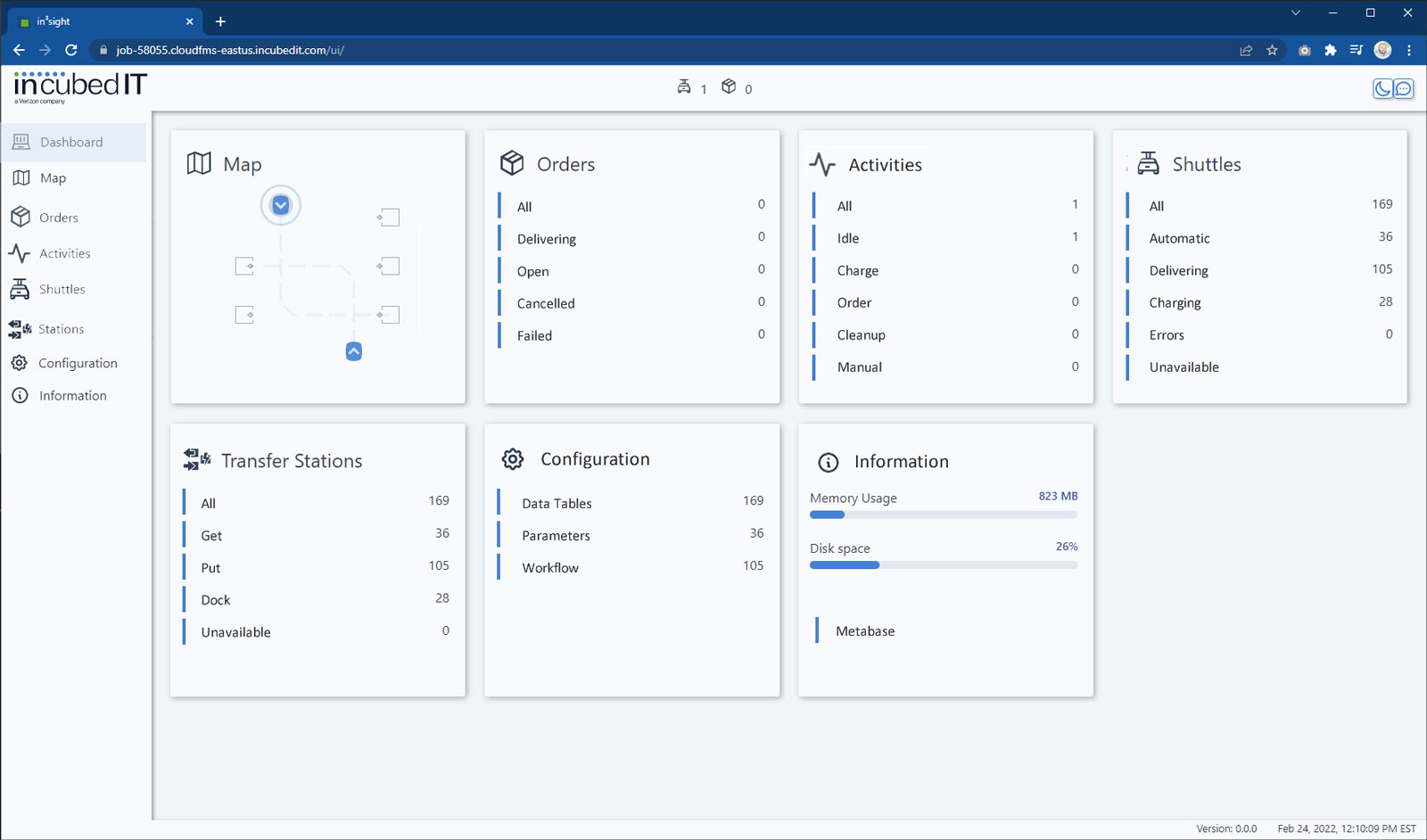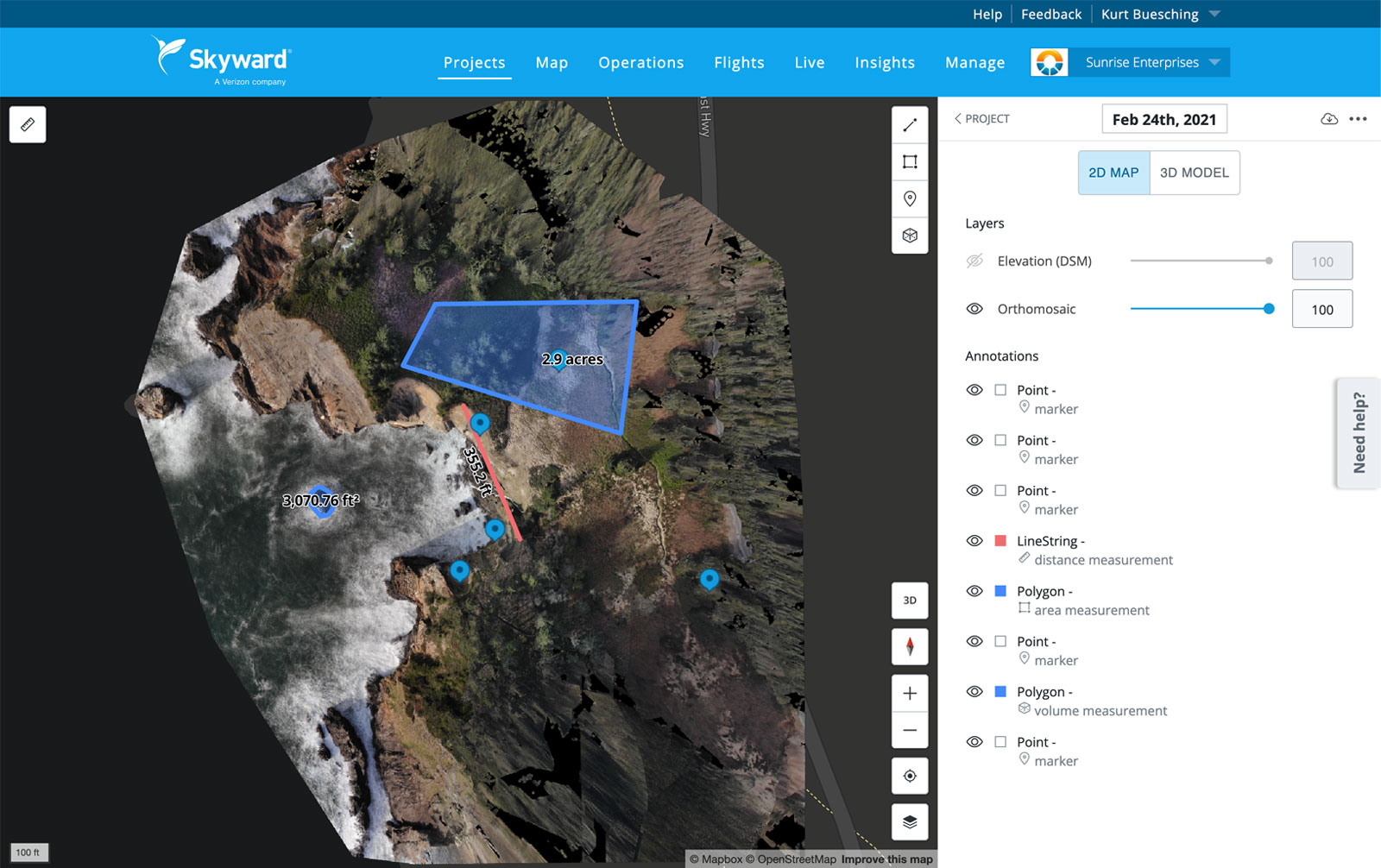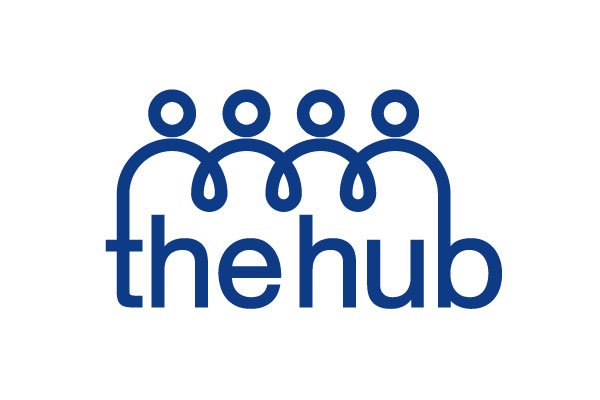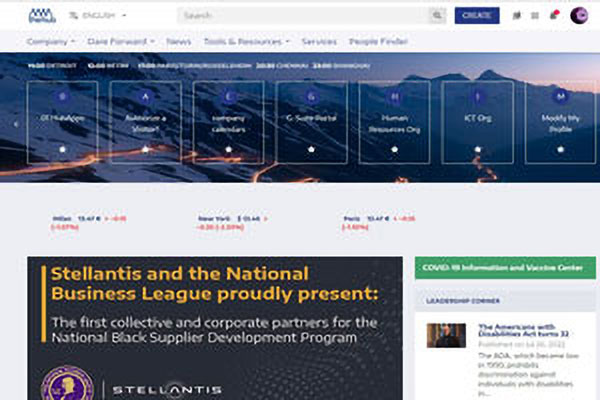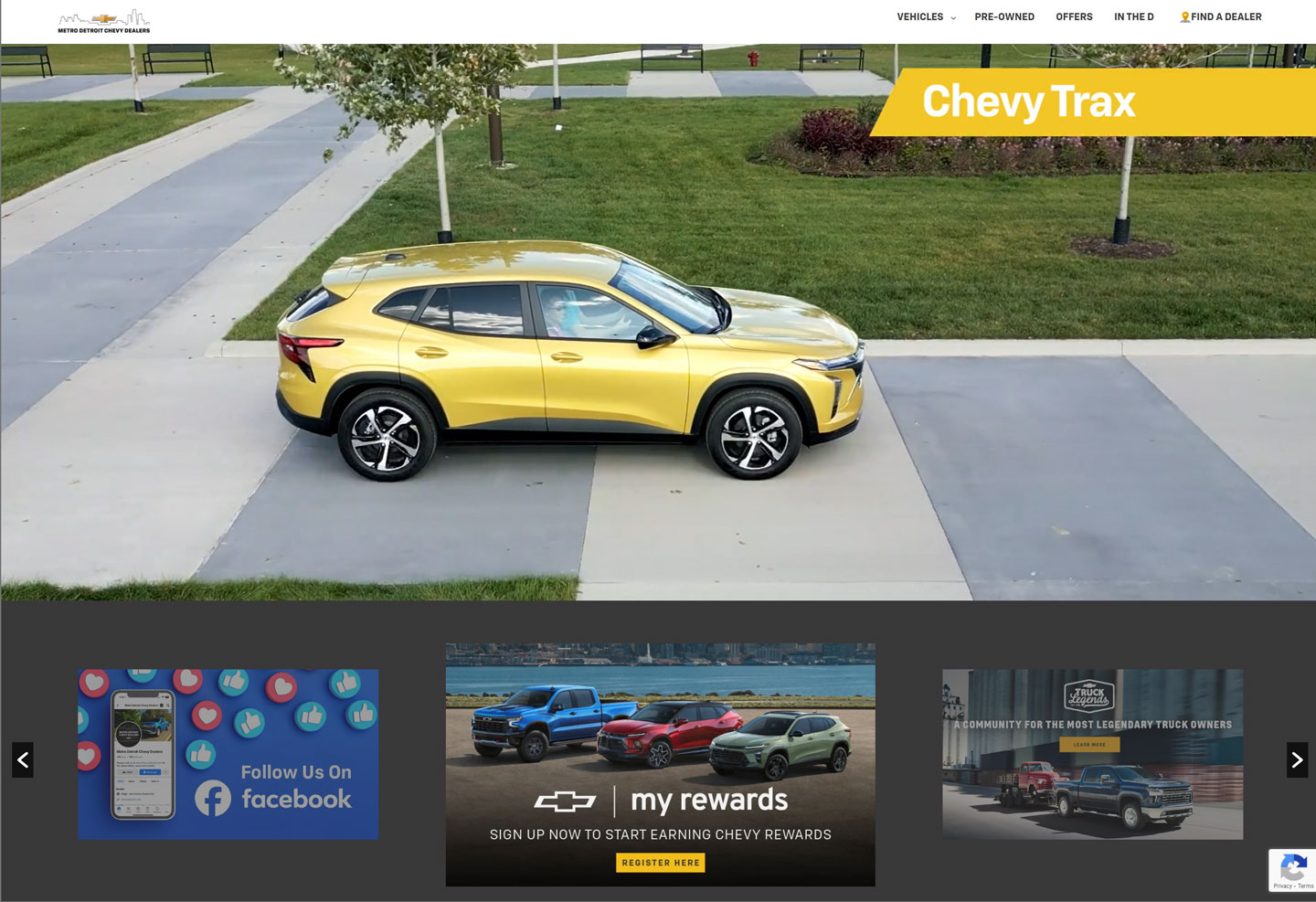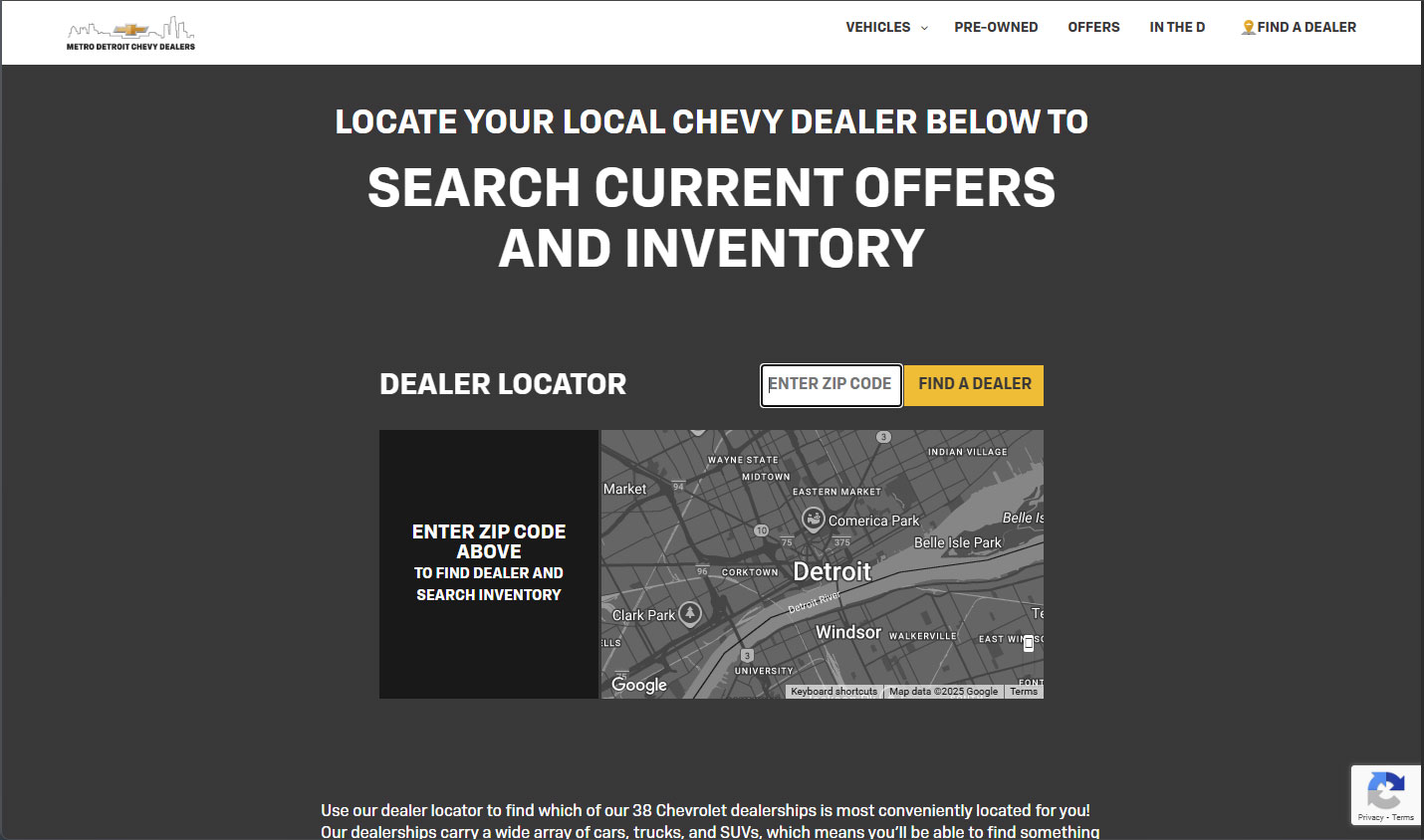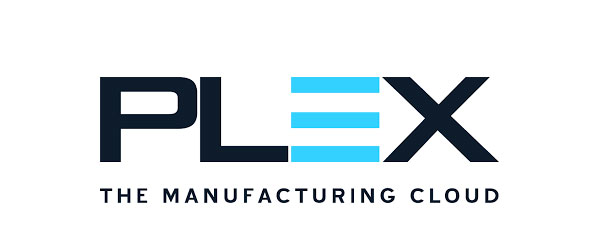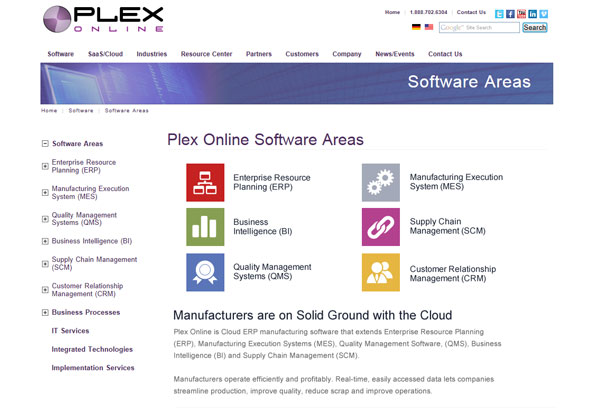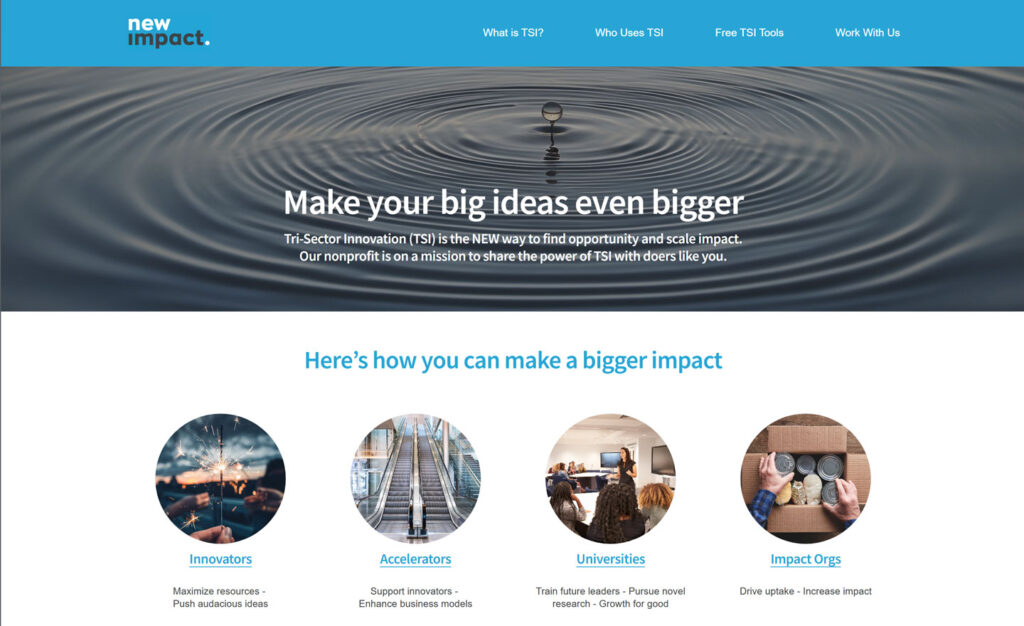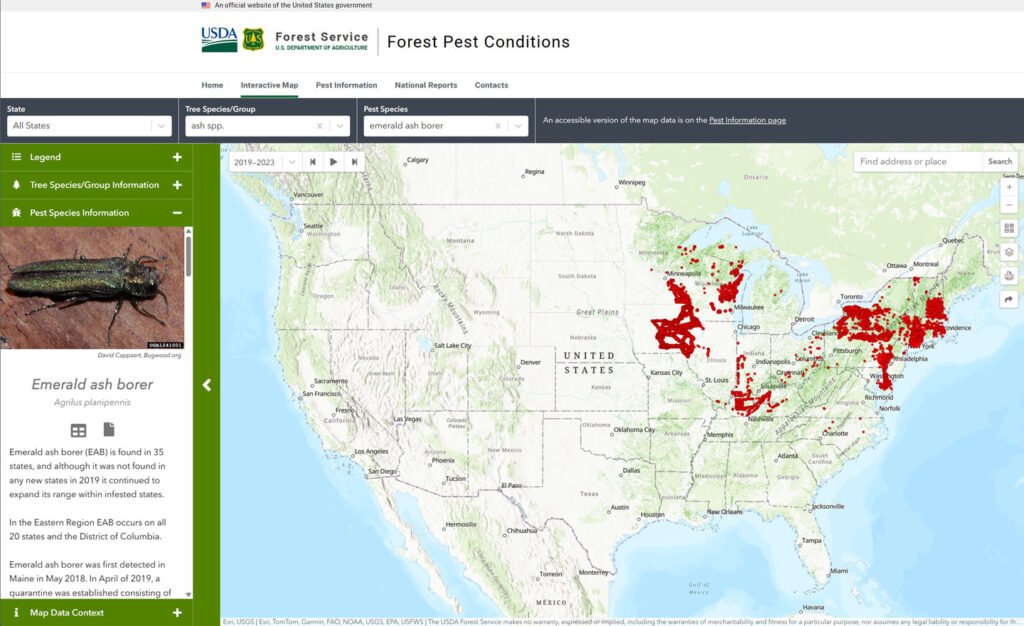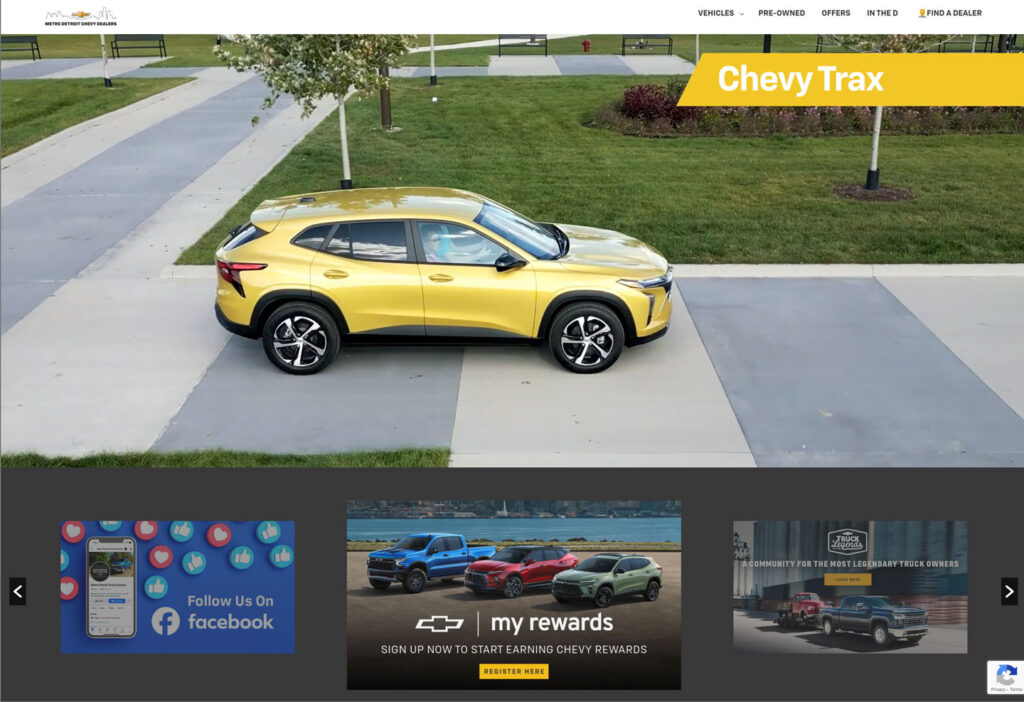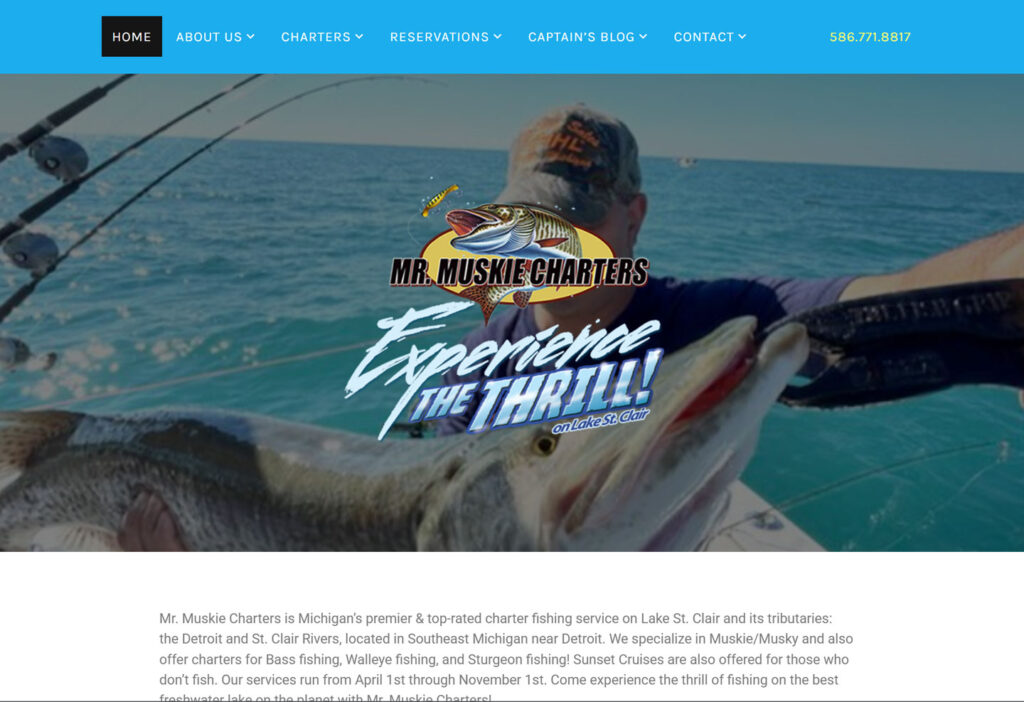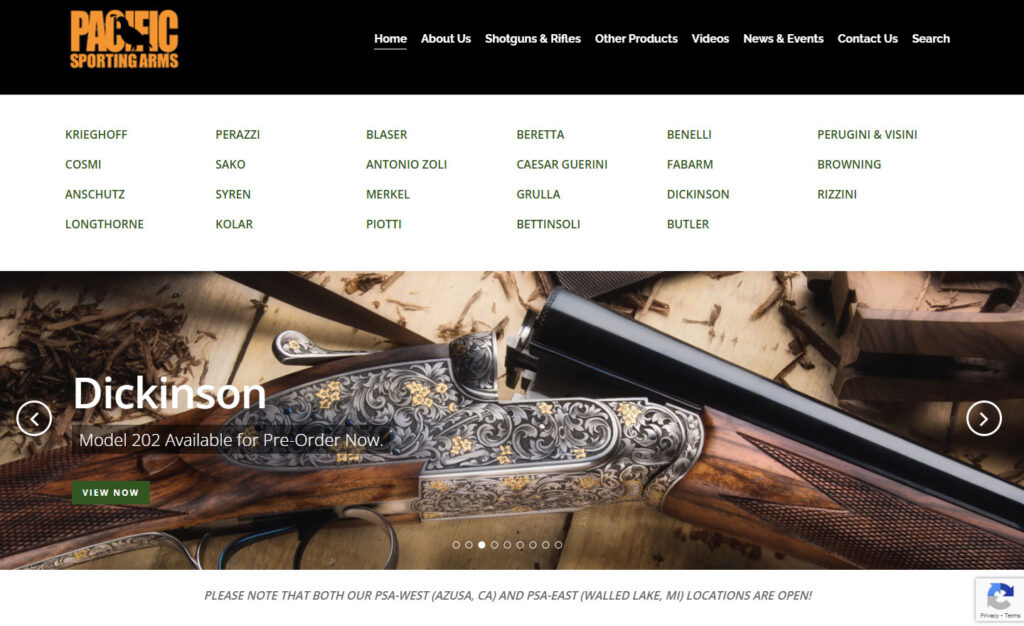The Challenge
When Fiat Chrysler Automobiles (FCA) decided to overhaul its employee-facing portal, moving from legacy systems like Interwoven, Lotus, SharePoint, and WordPress to the modern, Google-based LumApps platform, they needed a comprehensive strategy to inventory, migrate, and integrate a wide range of existing tools and data.
Wedoo.it, FCA’s Italian agency with a Detroit presence, was tapped to lead the project. Given my prior work with Chrysler as Technology Director at Duffey Petrosky — where I managed several employee-facing campaigns and dashboard projects — they brought me in to help navigate the technical and organizational complexities.
The Solution
Kicking off in late 2020, I worked alongside Wedoo.it and FCA’s internal teams to identify all applications and data sources tied to the existing dashboard, determine ownership within each business unit, and plan how each piece would migrate into the new LumApps environment.
This meant conducting detailed audits, facilitating discussions across departments, and collaborating directly with developers to migrate, format, and integrate data into a unified, user-friendly interface. The process combined deep technical discovery with hands-on UI considerations to ensure the new platform met both operational needs and employee experience goals.
The Result
The transition to LumApps provided FCA employees with a streamlined, modern portal that improved access to critical tools and information, supporting thousands of users across North America. This project is a clear example of how targeted research, structured collaboration, and thoughtful integration can successfully modernize complex enterprise ecosystems.

